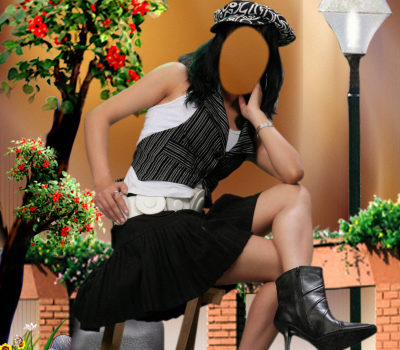Born in 1960 in Haryana state, in Northern India, Mohan Verma lives and works in New Delhi. He took up photography when he was twelve and had made it his profession by the time he was twenty. After beginnings in advertising he turned towards the portrait, working in a glamorous style that the neighbourhood studios used as blow-ups to pull in customers. He soon realised, however, that the studios were cropping his pictures and putting his models’ faces on ‘off the peg’ bodies: no need any longer for customers to slip into the jackets and ties hanging on the studio wall – now they could have their portraits taken wearing a t-shirt, then be provided with a perfect body clad in an impeccable suit or a sumptuous sari. This led Mohan to start producing photomontages based on faceless bodies – hence the title of the series – and virtual sets. He then sold these to the studios as thematic CDs: Western-style suits, traditional Indian dress, saris for the ladies, wedding gowns, etc.
This is not a new genre in India. The Alkazi Foundation for the Arts in New Delhi has illustrations from the early twentieth century in which, apart from the subject’s face – which is photographed – everything else from the clothes to the set is painted. Initially done with scissors, today’s photomontages have developed in line with technology and such digital retouching systems as Photoshop.
Even more so than the ID photo that is supposed to define its subject, the underlying principle of Mohan’s Faceless photographs speaks eloquently about India: the oscillation between indigenous and Western culture, classical style and the latest fashion, stock and suggestive poses, etc. As in Indian society as a whole, these characteristic features – and the fantasies they embody coexist, amalgamate and clash.
Olivier Culmann, curator
Text from the catalogue-book “Photoquai”, co-edited by Musée du Quai Branly- Actes-Sud
















